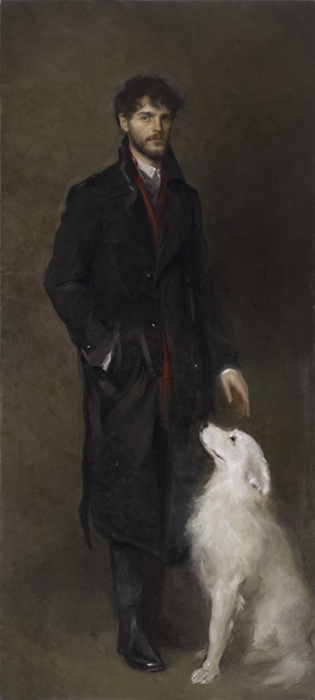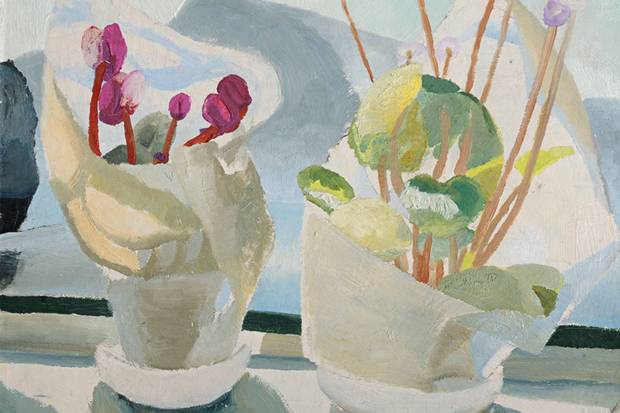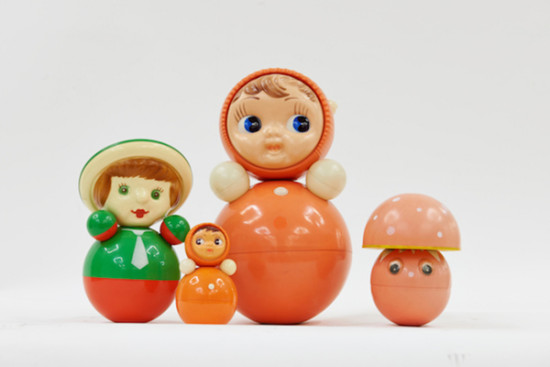A little bit late but here’s my pick of three things to do this week, from hyperrealistic or painterly portraits at the National Portrait Gallery to an exhibition on artists Ben and Winifred Nicholson and a showcase of quirky objects from 1950s Russia.
STOP
What: BP Portait Award
Where: National Portrait Gallery, London
When: Until September 21
Now in its 25th year of sponsorship by BP, and 35th year at the National Portrait Gallery, the Portrait Award showcases 55 of the best and newest portraits from across the world. From informal and personal studies of friends and family to revealing images of famous faces, the exhibition features a variety of styles and approaches to the contemporary painted portrait. Image above: Gina and Cristiano by Isabella Watling, 2013 © Isabella Watling
LOOK
What: Art and Life: Ben Nicholson, Winifred Nicholson, Christopher Wood, Alfred Wallis, William Staite Murray, 1920 – 1931
Where: Dulwich Picture Gallery, London
When: Until September 21
This exhibition, curated by their grandson, Jovan Nicholson, provides a rare opportunity to see Ben and Winifred Nicholson’s views of the same landscapes, seascapes, still lifes and portraits alongside pieces by contemporaries Christopher Wood, Alfred Wallis and the potter William Staite Murray.
LISTEN
What: Work and Play Behind the Iron Curtain
Where: GRAD: Gallery for Russian Arts and Design, London
When: Until August 24
This exhibition brings together over fifty key objects featuring the quirky, colourful and often charming design style that emerged from the 1950s in the Soviet Union. On display are domestic appliances, food and cosmetics packaging, electronic devices, toys and sporting equipment as well as bootleg copies of vinyl records featuring banned Russian and Western music. Ingeniously made using illegally obtained medical X-ray sheets, they featured fragmented images of human skeletons and were circulated secretly up to the mid 1960s. Image above: Nevalyashka Dolls courtesy GRAD and Moscow Design Museum







